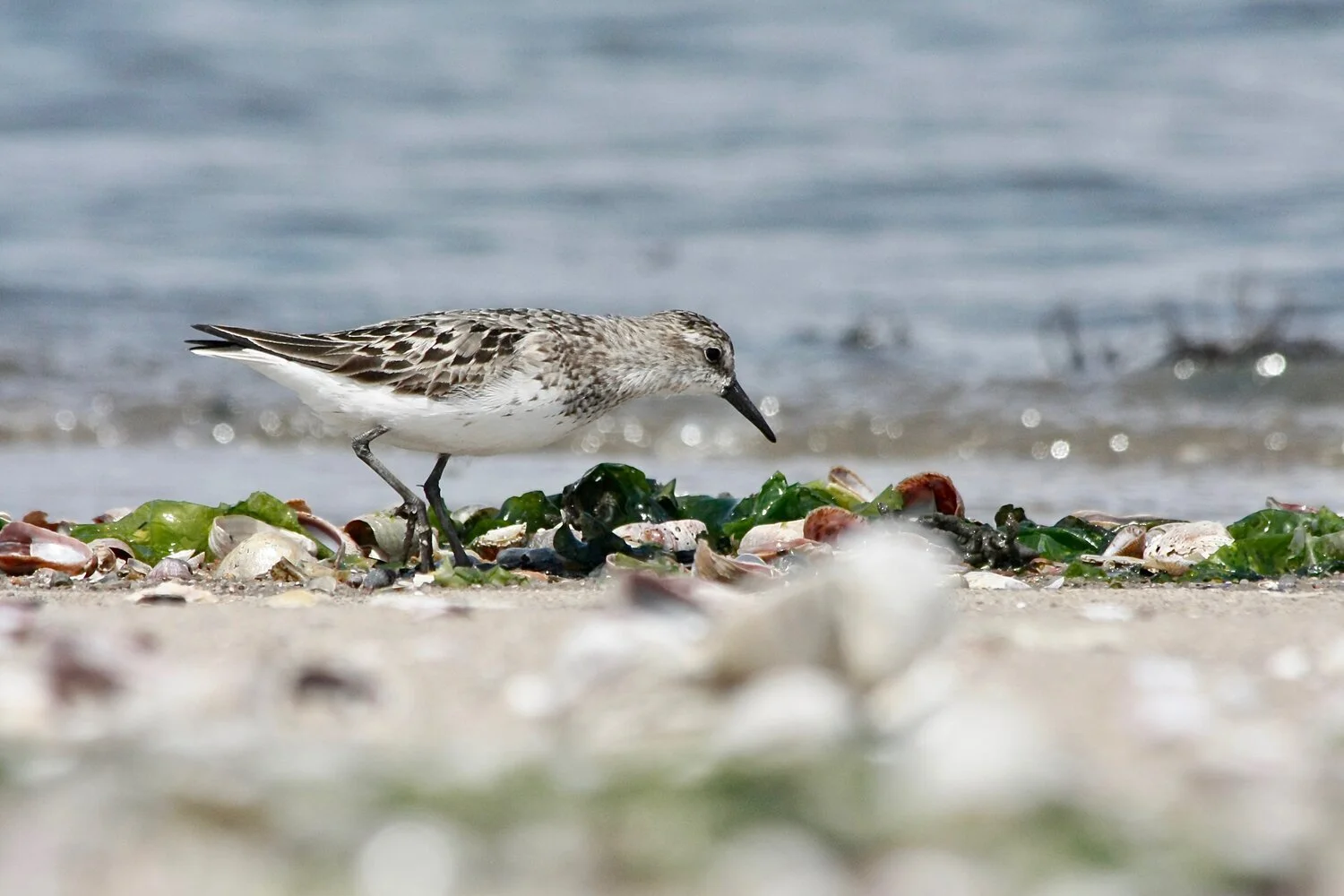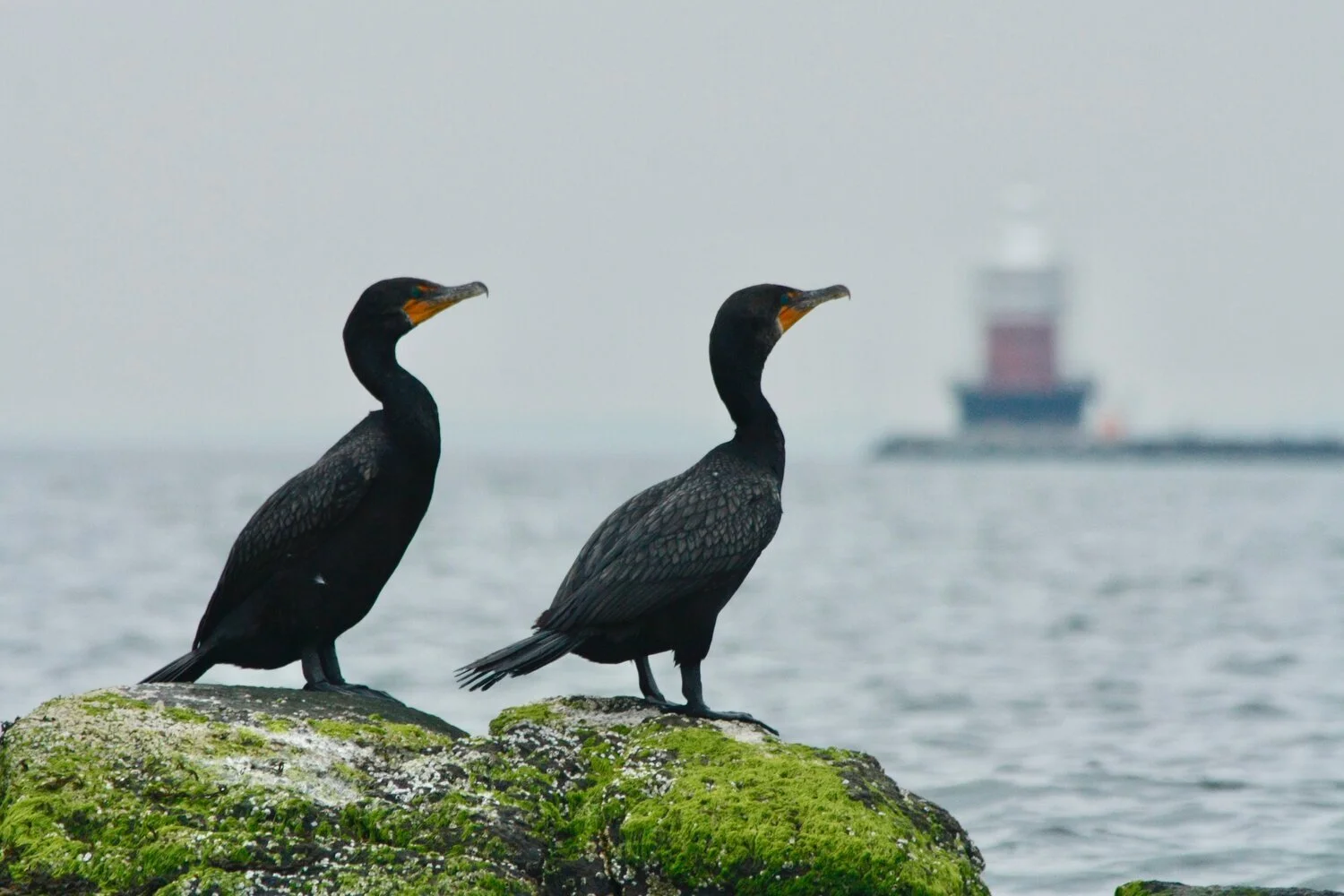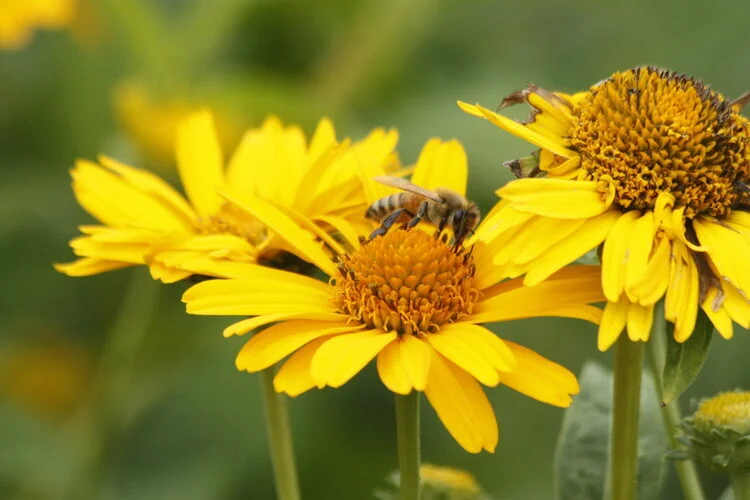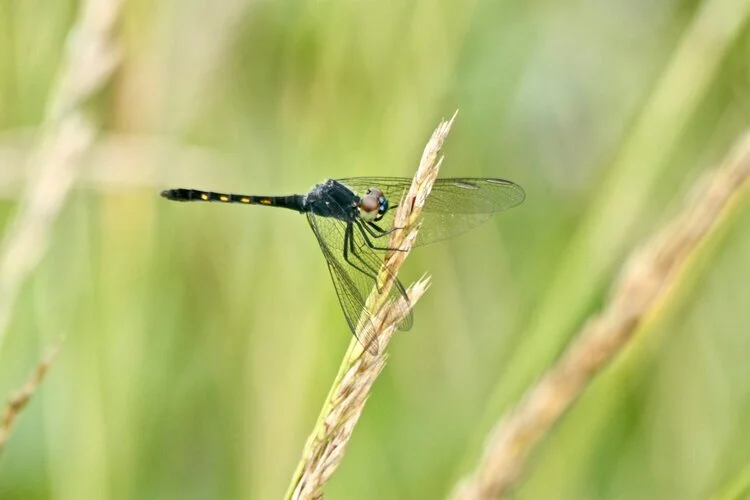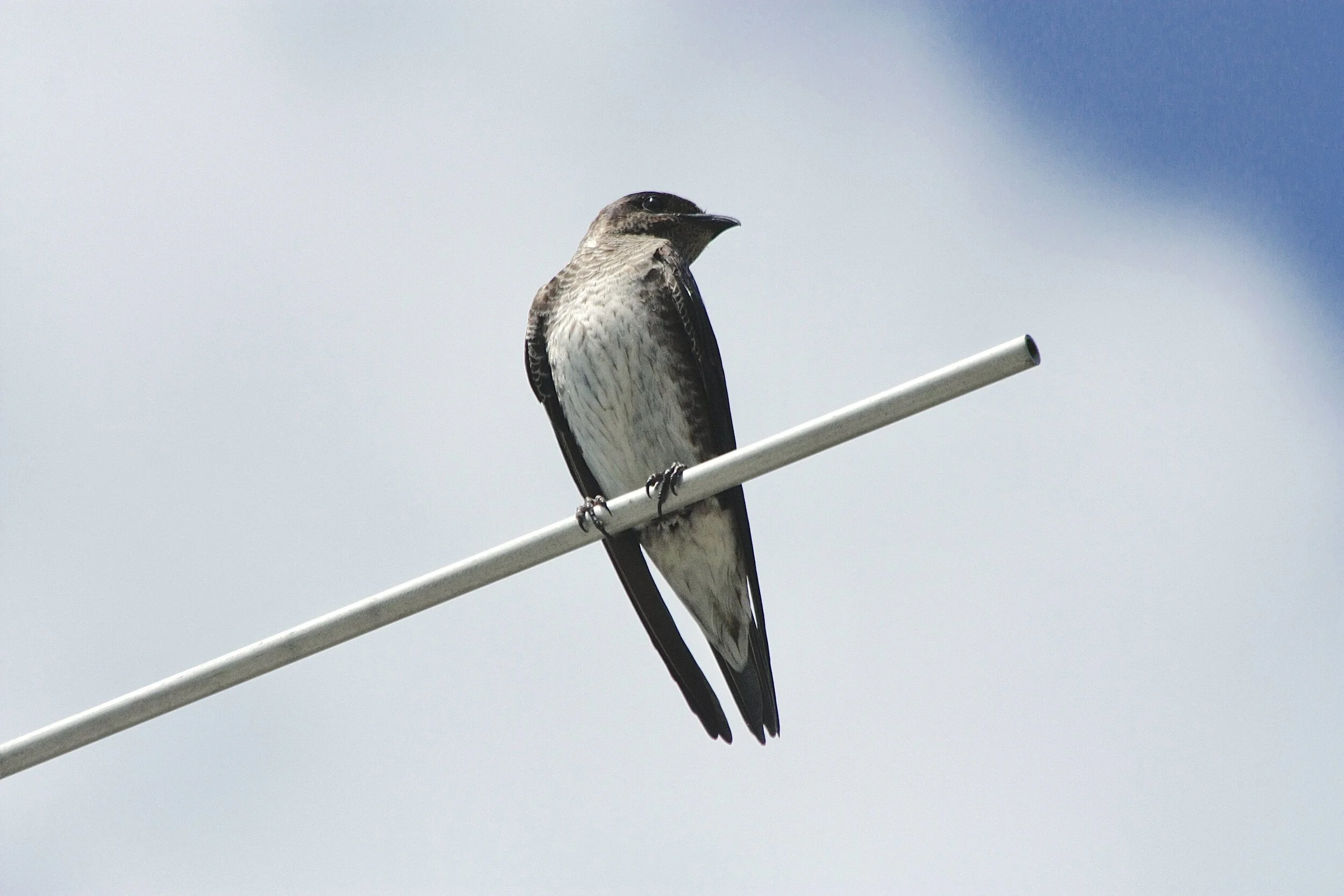Local Wildlife Weekly #7: Groundhog
/I wonder how we’d react to groundhogs if they were unusual, if they only persisted deep in protected areas. Would we stop in our tracks, freeze in disbelief, to watch them forage? Would we marvel at their ecological importance, their deep cultural heritage?
Read More

